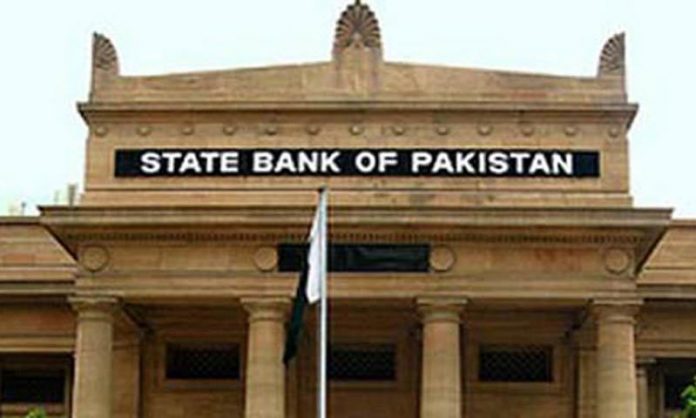ISLAMABAD: Investments of the banking sector, amid weaker demand for advances and abundant liquidity, surged by Rs2 trillion during the first half (H1) of Calendar Year 2020 (CY20), State Bank of Pakistan (SBP) reported on Monday.
According to the Mid-Year Performance Review of the banking sector (January-June 2020), investments in government securities equalling Rs1.9 trn explain more than 90 per cent rise in investment flows during the reviewed period.
Also, banks invested in TFCs/Debentures to the tune of Rs130.9 billion during H1CY20.
Further analysis of the investments in government securities revealed that the banks’ stock of market treasury bills (MTBs) and Pakistan Investment Bonds (PIBs) increased by Rs862.3 bn and Rs863.5 bn, respectively.
In the backdrop of Covid-19 outbreak, maturities between one year to 10 years in March 2020 show a downward trend, indicating market expectations of a decline in policy rate owing to the anticipated softening in economic activity.
PIBs increased as they attempted to lock their funds at a higher prevailing rate of return.
However, the report emphasised that after April 2020, banks’ bidding in treasury bills significantly reduced.
The government reduced its auction target from Rs2.8 trn in Q1CY20 to Rs2.2 trn in Q2CY20.
On the contrary, the target for PIBs, including fixed rate and floaters, increased to Rs625 bn in Q2CY20 from Rs450 bn in Q1CY20.
Moreover, the government introduced three and five year tenure bonds in floater category during Q2CY20, indicating its desire to improve its debt maturity profile.
It is pertinent to mention here that despite elevated economic stress driven by the coronavirus pandemic, assets of the banking sector witnessed a decent expansion of 7.8pc during H1CY20, according to the report.
The report attributed the growth to the robust increase in investments, funded by a surge in deposits, adding that advances, on the contrary, observed mild downtick owing to the economic slackness caused by the disruption in the business activities after the outbreak.
Sans SBP supportive measures, though, contraction in advances could have been much higher, the report said, highlighting that policy measures rolled out by SBP facilitated the banking sector in conserving capital, enhancing lending capacity and increasing loss absorption ability.
As a result, despite some increase in credit risk, banking sector demonstrated improved profitability and enhanced resilience.
Moreover, non-performing loans (NPLs) ratio increased from 8.6pc as of end December 2019 to 9.7pc as of end June 2020.
However, net NPLs to loans ratio, which is a better measure of credit risk, increased only marginally from 1.7pc to 1.9pc.
























